Hello everyone! It’s officially my last shift as a CCEPS Fellow, and I can’t believe how fast the time has gone. I really feel like my first day was just a few weeks ago! Regardless, I’m excited to report that the Nag Hammadi collection has come so far from where it was when I first started processing it. It’s extremely close to being available for researchers!
In fact, my fellowship has reminded me just how extraordinary it is that I can even say the collection is nearly ready for study! Since this is my last blog post, I thought it would be useful to explain how the Nag Hammadi library came to be….it’s a story almost too incredible to be believed.
It’s no secret that Christian history has some less than stellar periods, and one of those occurred around the time that the Roman emperor Constantine converted to Christianity during the fourth century CE. This had some enormous benefits – namely, that the Roman Empire stopped persecuting Christians. Well, most Christians. It just so happens that Emperor Constantine’s conversion coincided with the Christian Church’s efforts to determine and enforce standards about who and what could be considered “Christian.” Thus, the categories of “orthodox,” and “heterodox” came to play a much bigger role in the life of the faith than they previously had.
What does this have to do with the Nag Hammadi library? Quite a bit, as it turns out. As you may recall from my previous blog posts, the Nag Hammadi texts are heavily influenced by a set of beliefs generally identified as being under the umbrella of gnosticism. Gnosticism meant many different things to many different people at this time. As a general rule, though, most gnostics were concerned with finding enlightenment via a path of inner knowledge. Unfortunately, their mystical beliefs eventually came to be considered “heterodox” by the official Roman Church, and gnostics were in turn labeled “heretics.” And because gnostic texts were also heretical, the Church proceeded to destroy many of them.
Scholars of Christianity knew that this period of ideological purging had taken place. However, until the Nag Hammadi texts were discovered, they thought that the Church’s persecution of gnostic Christians had resulted in the complete destruction of all gnostic writings. So how did the Nag Hammadi library survive? It’s not quite clear, but according to scholar Elaine Pagels, “in Upper Egypt, someone; possibly a monk from a nearby monastery of St. Pachomius, took the banned books and hid them from destruction – in the jar where they remained buried for almost 1,600 years” (you can read the entire excerpt from Pagel’s book,
The Gnostic Gospels, here:
http://www.pbs.org/wgbh/pages/frontline/shows/religion/story/pagels.html). After being hidden by this determined desert soul, the codices remained untouched until a lucky Arab peasant stumbled upon them in December 1945. Their (re-)discovery in turn allowed scholars to begin the slow process of re-constructing and analyzing the texts…which is how Dr. James Robinson of Claremont Graduate School became involved…which is how Dr. Robinson’s Nag Hammadi Codices project papers ended up, upon his retirement, in Claremont’s Special Collections…which is how I ended up helping archive the Nag Hammadi photographs!
It’s an amazing story, isn’t it? I have been so privileged as a CCEPS Fellow to have a small part in the the incredible journey taken by the Nag Hammadi codices – and to help preserve their story for future generations of souls curious to learn more about the fascinating and mysterious history of gnosticism.
Many thanks for following our blog over the last semester. I hope you learned a few things about the history we help protect in Honnold/Mudd Special Collections, and have maybe even begun thinking about pursuing archiving yourself! In fact, if you’d like to learn more about becoming an archivist, I’ll leave you with a couple of great articles filled with tips and advice on how to do that: see here (http://www2.archivists.org/profession) and here (http://www.archivesnext.com/?p=2849)! Again, thank you – and happy reading!
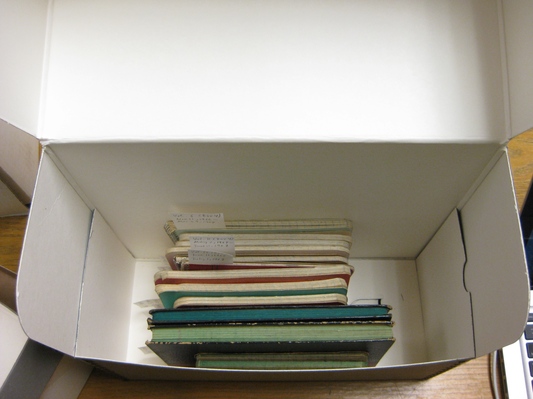
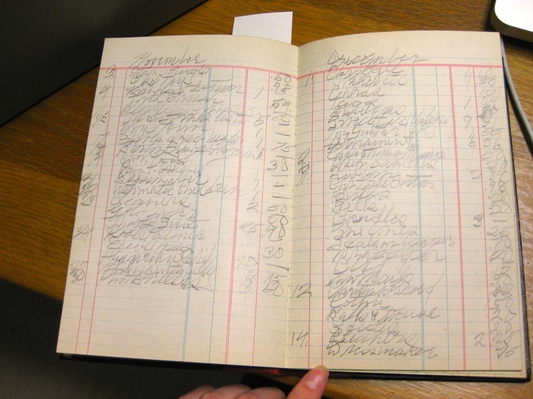
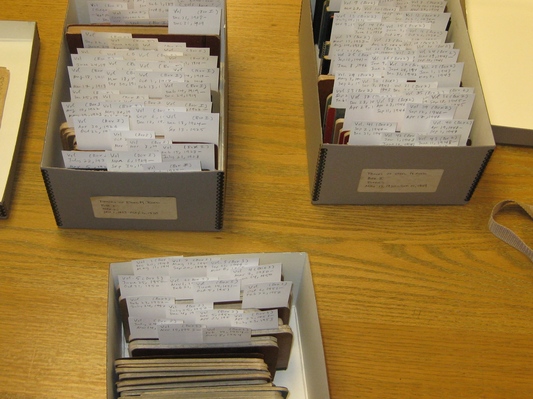
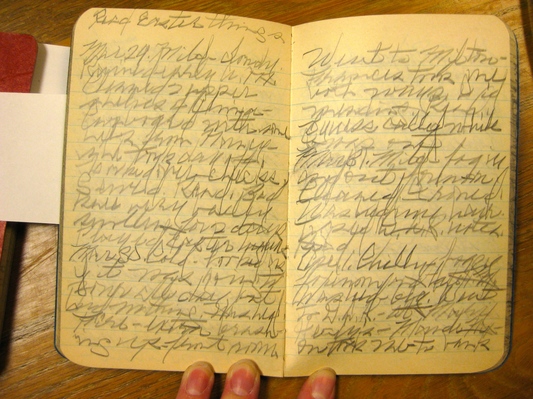
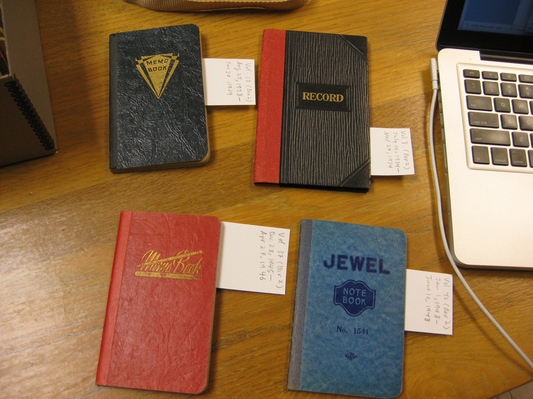
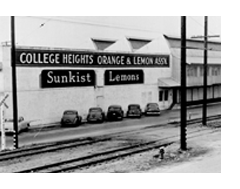
![ClaremontPackingHouse_SallyEgan[1].jpg](https://cceps-blog.library.claremont.edu/wp-content/uploads/sites/2/2020/07/ClaremontPackingHouse_SallyEgan5B15D.jpg)